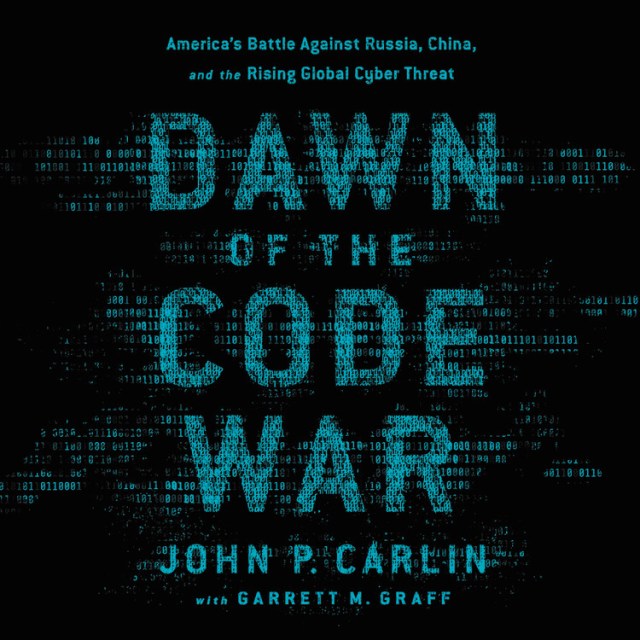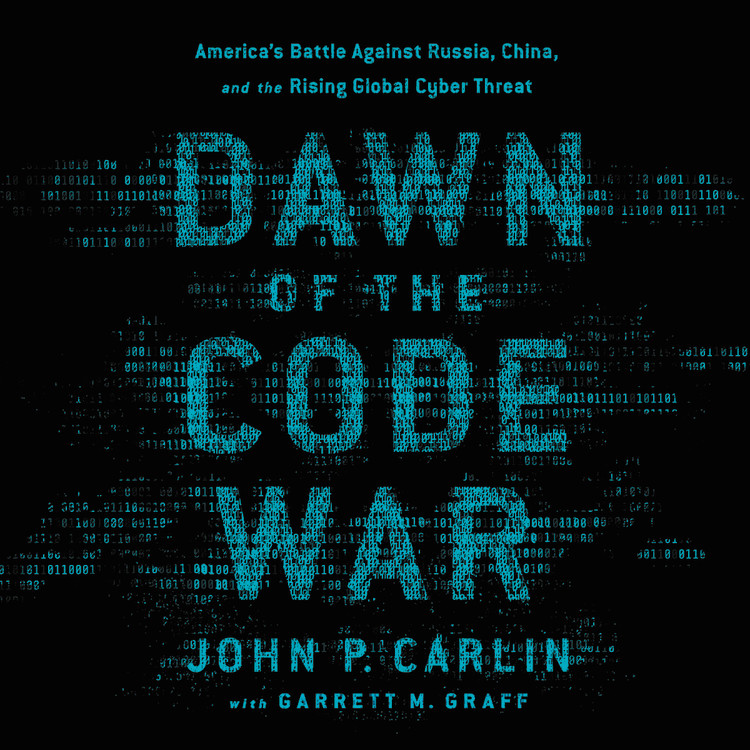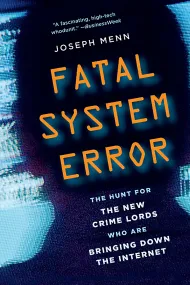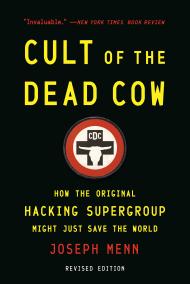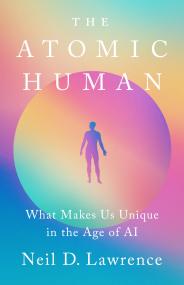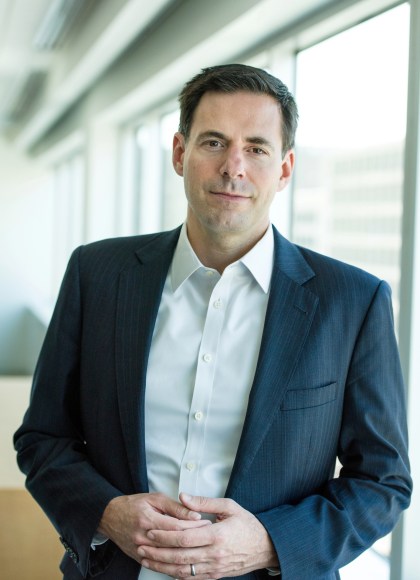Promotion
Use code BEST25 for 25% off storewide. Make sure to order by 11:59am, 12/12 for holiday delivery!
By clicking “Accept,” you agree to the use of cookies and similar technologies on your device as set forth in our Cookie Policy and our Privacy Policy. Please note that certain cookies are essential for this website to function properly and do not require user consent to be deployed.
Dawn of the Code War
America's Battle Against Russia, China, and the Rising Global Cyber Threat
Contributors
Read by Kevin Stillwell
Formats and Prices
- On Sale
- Oct 16, 2018
- Publisher
- Hachette Audio
- ISBN-13
- 9781549170959
Format
Format:
- Audiobook Download (Unabridged)
- ebook $12.99 $16.99 CAD
- Trade Paperback $18.99 $23.99 CAD
This item is a preorder. Your payment method will be charged immediately, and the product is expected to ship on or around October 16, 2018. This date is subject to change due to shipping delays beyond our control.
Buy from Other Retailers:
-
"John Carlin has written a crucial book- for practitioners and laymen alike-about the evolution, impacts, and implications of the abuses we've all witnessed, and many have personally experienced, in the cyber domain. Cyber is yet another example of the dual-edged nature of technology: huge benefit to mankind on one hand, and the potential for great harm on the other. And, unique to this book, is the historical description of how we have tried to respond to the harmful activities that occur all too frequently in the cyber domain. An interesting read, with vivid detail. John represents a superb amalgam of legal insight and great writing skill. A must read in my view."James Clapper, New York Times bestselling author and formerDirector of National Intelligence
-
"This book is thrilling, important, and deeply fascinating. Cybersecurity is key to modern life: an imperative for us as a nation and each of us personally. It's about protecting our personal data, our businesses, and our democracy. John Carlin has been on the front lines, defending us against attacks from China, North Korea, Russia, Syria, and criminal gangs. The riveting stories of these secret battles for our digital safety teach us much about what America can-and must-do to protect itself."Walter Isaacson, New York Times bestselling author of LeonardoDa Vinci
-
"By turns electrifying, illuminating, inspirational, and difficult to put down, [Dawn of the Code War] describes how 'criminals, terrorists, and spies' have used the Internet for their gain, and how the U.S. government along with international allies, has assessed and addressed these threats... Similar in energy to Carl Bernstein's All the Presidents Men, it informs of current cyberthreats while offering stirring success stories and cautions about the future of the code war... A deeply intriguing look into cybersecurity threats facing the United States that will fascinate anyone interested in technology and/or political intrigue."Library Journal
-
"Given the threats Carlin enumerates, including election hacking and the theft of intelligence files, responses "created and refined in real-time" are increasingly necessary-but not forthcoming. Given the lack of developed policy, if you're alarmed by the thought of Russian election tampering in 2016, you're likely to be even more so come the midterms-and by this dire book."Kirkus Reviews
Newsletter Signup
By clicking ‘Sign Up,’ I acknowledge that I have read and agree to Hachette Book Group’s Privacy Policy and Terms of Use
